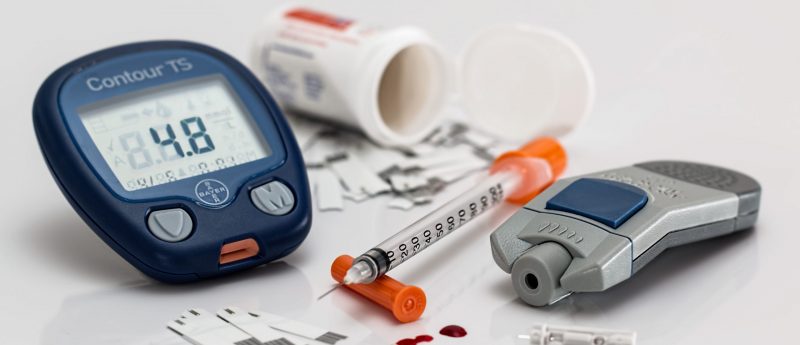Rise in insurance coverage of diabetics due to Affordable Care Act

The results of a novel study demonstrate that the rates of insured, vulnerable patients — both with diagnosed and undiagnosed diabetes — have increased significantly since the institution of the Affordable Care Act.
In 2009 in the USA, 25% of adults under the age of 65, with undiagnosed diabetes, were uninsured. In a new study, a team of researchers led by Rebecca Myerson, an assistant professor of population health sciences at the University of Wisconsin’s School of Medicine and Public Health (WI, USA), have analyzed National Health and Nutrition Examination Survey information and determined that, following the institution of the Affordable Care Act in 2010, this proportion of uninsured individuals dropped significantly to only 8%.
Insurance coverage can greatly improve the health trajectory of diabetic persons by enabling their timely diagnosis and receipt of diabetes management care. Previous studies have demonstrated that following the implementation of the Affordable Care Act, insurance coverage for individuals with diagnosed diabetes considerably improved. However, an estimated one-third of individuals in the USA have undiagnosed diabetes.
For the first time, researchers thus sought to determine to what extent the Affordable Care Act improved health insurance coverage for those with undiagnosed diabetes too.
Frequently asked questions:
In the study, published in Diabetes Care, researchers assessed 2005—2016 National Health and Nutrition Examination Survey information on 2401 diabetic patients aged 26—64. This annually completed survey compiles data that is considered nationally representative of the larger, civilian US population.
As part of the survey, patients’ HbA1c levels are recorded. Diabetes diagnosis can be defined by patients’ presentation with an HbA1c level of 6.5% or greater. By utilizing the survey results, researchers were thus able to identify patients with undiagnosed diabetes.
Insurance coverage was modeled with linear regression as a function of variables for the periods of 2013—2014 — transitioning towards Act adoption — and 2015—2016 — when key Act provisions were implemented to expand coverage. Secondary analysis was performed to evaluate changes in coverage alongside changing diabetes status.
The results of the study demonstrate a rise in insurance coverage of individuals with both diagnosed and undiagnosed diabetes following the implementation of the Affordable Care Act.
In 2009, prior to institution of the Affordable Care Act, 15% of elderly diabetic patients were uninsured; this figure was reduced to 5% by 2016.
Similarly, an estimated 25% of adults in the USA under the age of 65, with undiagnosed diabetes, lacked health insurance in 2009. Following the implementation of the Affordable Care Act, this rate dropped to only 8% in this population by 2016.
Further, of the 1.9 million individuals, in total, with undiagnosed diabetes who were estimated to have gained health insurance coverage following the Affordable Care Act, approximately 1.2 million had low incomes.
Myerson commented: “Insurance coverage can change the health trajectory of people with diabetes by providing access to diagnosis and treatment. But just as importantly, increasing coverage rates can also enhance health equity, because people with undiagnosed or untreated diabetes disproportionately belong to underserved groups.”
Sources:
Myerson R, Romley J, Chiou T, Peters AL, Goldman D. The Affordable Care Act and health insurance coverage among people with diagnosed and undiagnosed diabetes: data from the National Health and Nutrition Examination Survey. Diabetes Care. doi: 10.2337/dc19-0081. (Epub ahead of print) (2019);
https://experts.news.wisc.edu/
What did the Affordable Care Act do?
The Affordable Care Act was passed in March 2010, however, it’s major provisions came into effect in 2014. The Act had three main goals: (1) increase affordable healthcare coverage, (2) expand the Medicaid program to benefit individuals with lower incomes and (3) encourage and support innovative healthcare technologies that seek to lower healthcare delivery costs.
What are the symptoms of diabetes?
Symptoms of diabetes can include fatigue, blurred vision, thirst, pain in one’s hands and feet and slow wound healing, amongst others.
